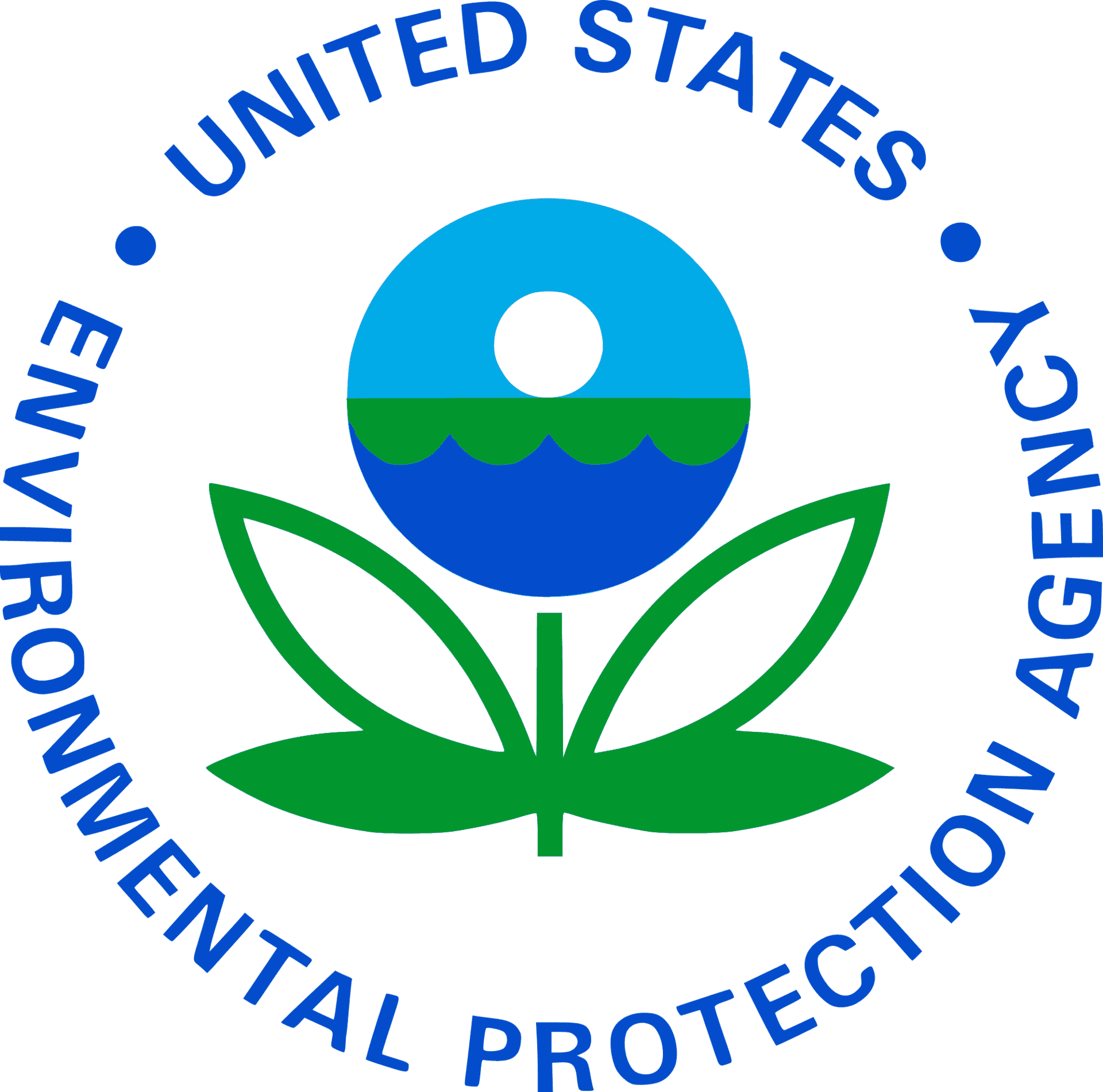HISTORY
In 1996, the Tyler-Longview-Marshall area faced possible environmental sanctions because of periodic high levels of ozone during the summer of 1995. The Environmental Protection Agency (EPA) considered declaring the five counties (Gregg, Harrison, Rusk, Smith, and Upshur) a non-attainment area, meaning the region is in violation of federal clean air standards. Remedies imposed by the EPA would have severely curbed industrial expansion and job growth. As a result, in March of 1996, a voluntary, cooperative association of local governments and industries, within the 5 county area, was formed to fill the need of a more organized and comprehensive approach to improving air quality based on regional needs. This group is known as the Northeast Texas Air Care Association (NETAC).
NETAC, along with East Texas Council of Governments (ETCOG), and local government and industry leaders worked together to avoid non-attainment designation under the 1-hour standard by developing a Memorandum of Agreement (MOA) for establishing a Flexible Attainment Region (FAR) for the five-county region. The EPA and the Texas Commission on Environmental Quality (TCEQ) officially approved the FAR agreement for Northeast Texas during a formal signing ceremony in Longview on September 16, 1996. The five-year agreement, which was signed by local, state and federal participants, outlined steps communities and industries took to reduce ozone-causing emissions in the five-county area.

LEGISLATIVE FUNDING
To accomplish science-based air quality planning activities, the Northeast Texas Region has received and continues to receive biennial funding from the Texas Legislature, to address ozone air quality issues through the 'near non-attainment areas' program. These resources have been used to fund studies, through ETCOG under the technical and policy direction of the NETAC group, to identify the most effective ozone control strategies.
In FY 1996-97, ETCOG received a $176,666 Near Non-Attainment Planning Grant from TCEQ to conduct an air quality study for our region. The purpose of this study is to determine what is causing high concentrations of ground level ozone within the Tyler-Longview-Marshall area. This study, which was conducted by the University of Texas at Austin and Pollution Solutions, included an improved inventory of ozone emissions, aircraft monitoring and stationary monitoring.
In FY 1998-1999, ETCOG received an additional $483,750 in grant funds from the TCEQ to further expand on the air quality research for our area. During this two-year time frame ETCOG's air quality consultant, ENVIRON International, completed the following studies: 1996 Emissions Inventory, Biogenic Emissions Inventory and 1999 Ozone Season Monitoring Report. ENVIRON also developed and utilized regional scale modeling and urban scale modeling to evaluate four high ozone episode days suitable for control strategy evaluation. Control strategies were developed based on realistic and feasible emission reductions identified by cooperating industries. Modeling of these control strategies demonstrated attainment with the 1-hour ozone standard.
ETCOG was allocated an additional $716,782 in TCEQ grant funds for FY 2000-2001 to enhance and refine the existing emissions inventory and to continue supplemental monitoring. The funding was also utilized to develop additional modeling episodes to evaluate control strategies for demonstrating attainment with EPA's new 8-hour ozone standard. In addition the funding was used for a public education and outreach program.
For FY 2002-2003 ETCOG received an additional $1,087,600 in TCEQ grant funds to continue air quality improvement efforts for the Tyler-Longview-Marshall Near Non-Attainment effort. Activities planned for 2002-2003 include: emission inventories studies, ambient monitoring, photochemical modeling and control strategy analysis, and continued public education/outreach to the community. The emission inventories will incorporate the latest science and satisfy EPA's requirement for a 2002 inventory to be submitted in 2003. The science upgrades will focus on mobile sources and biogenic emissions. Ambient monitoring will focus on the role of ozone transport into Northeast Texas and local ozone production under typical high ozone conditions. Research air quality data will be gathered from a ground-based site and aircraft flights. Aircraft data are particularly well-suited to supporting the development of conceptual models and identifying the influence of ozone transport.

